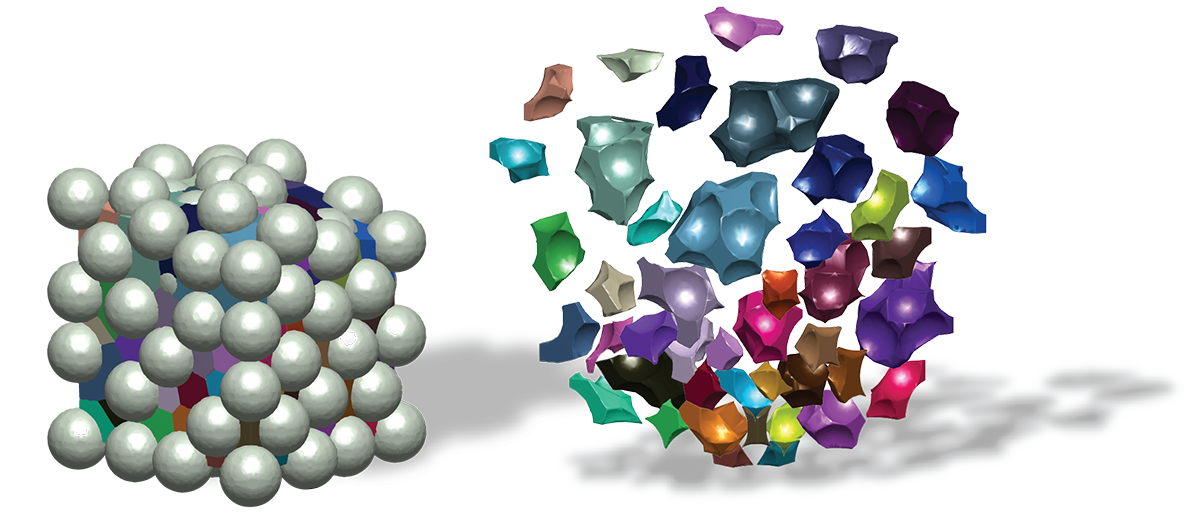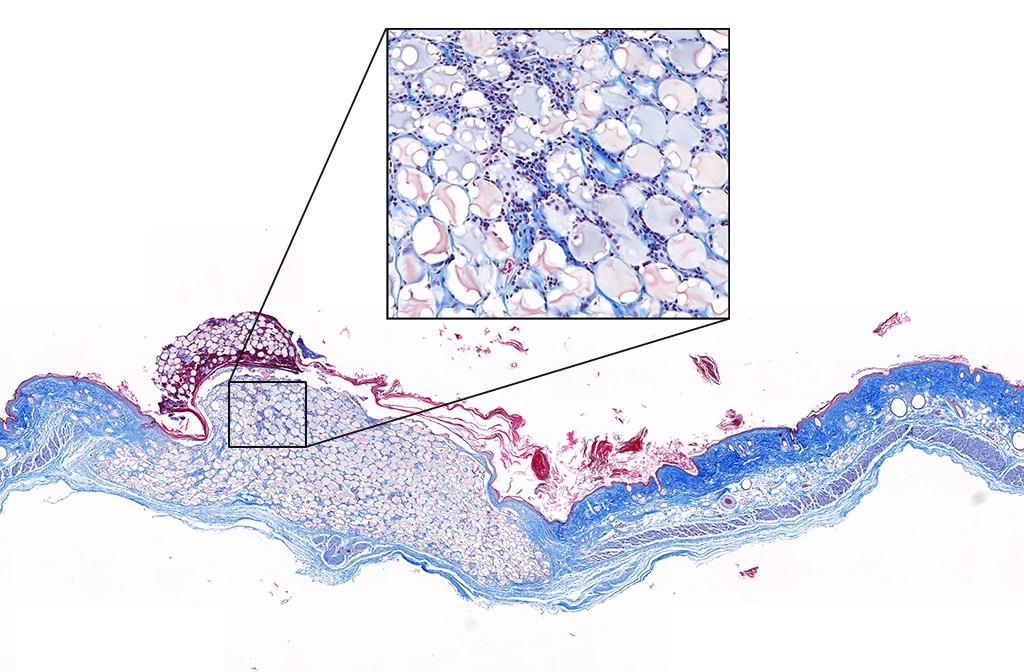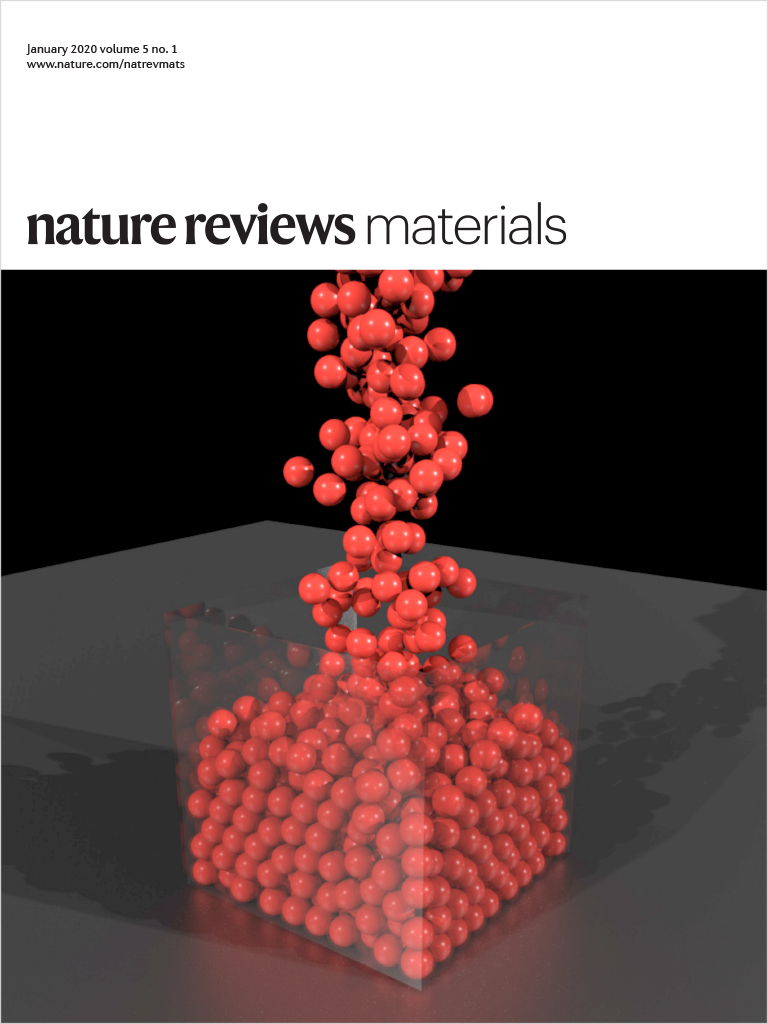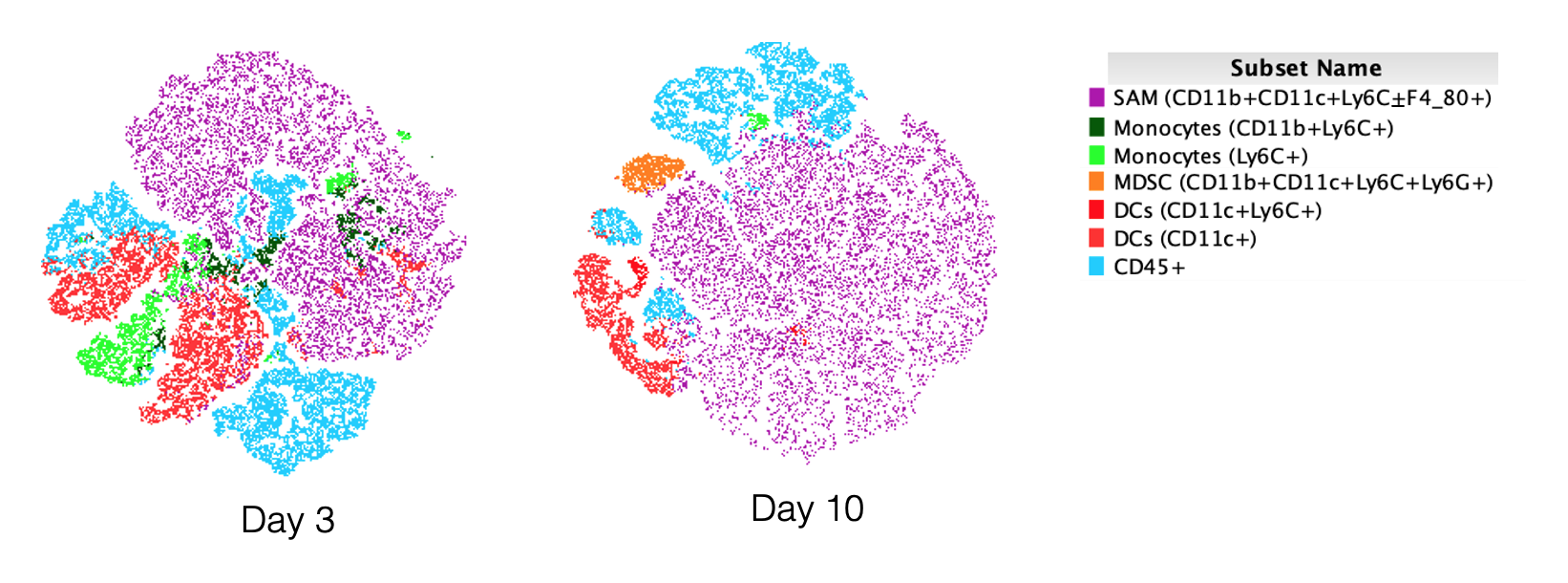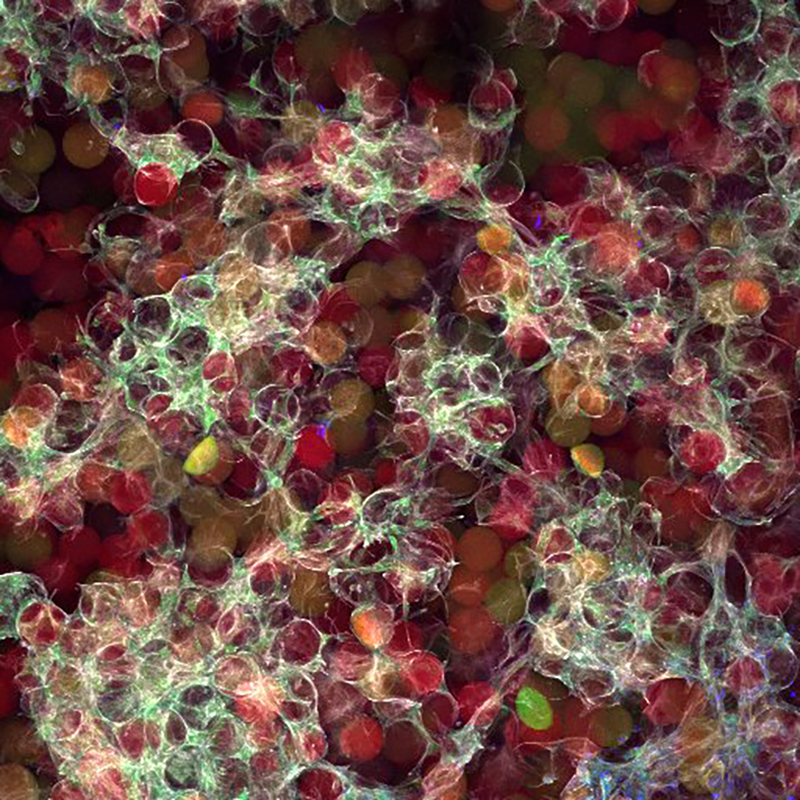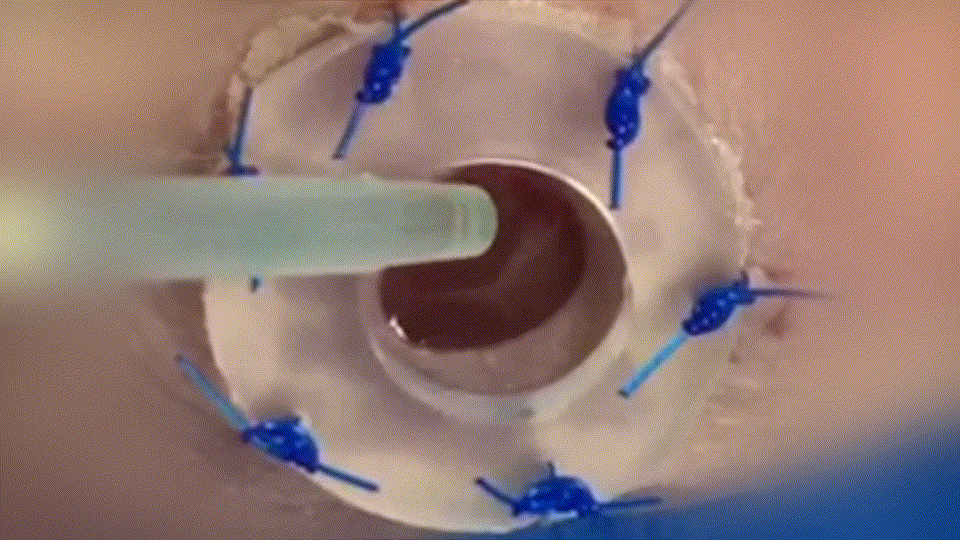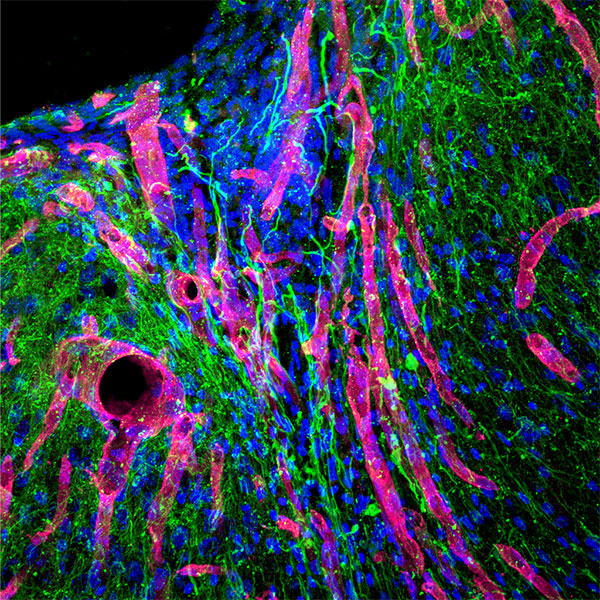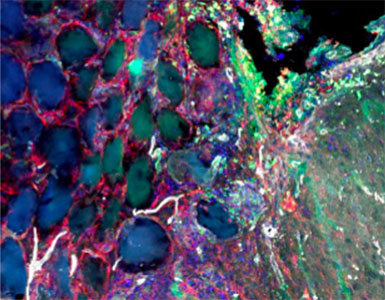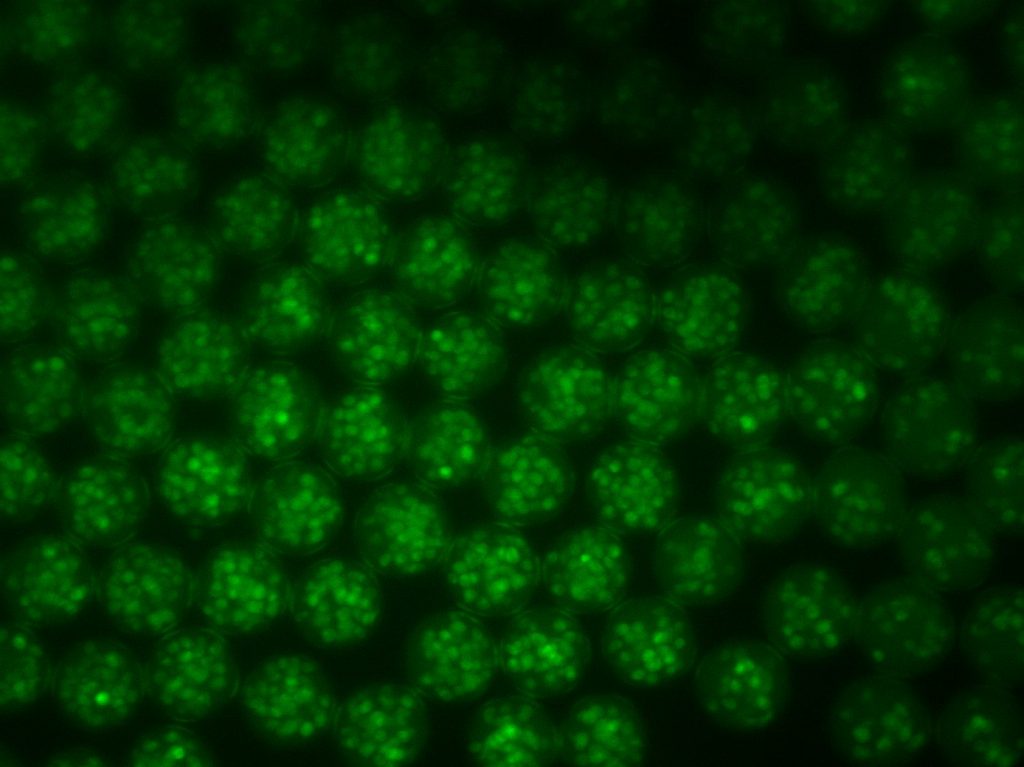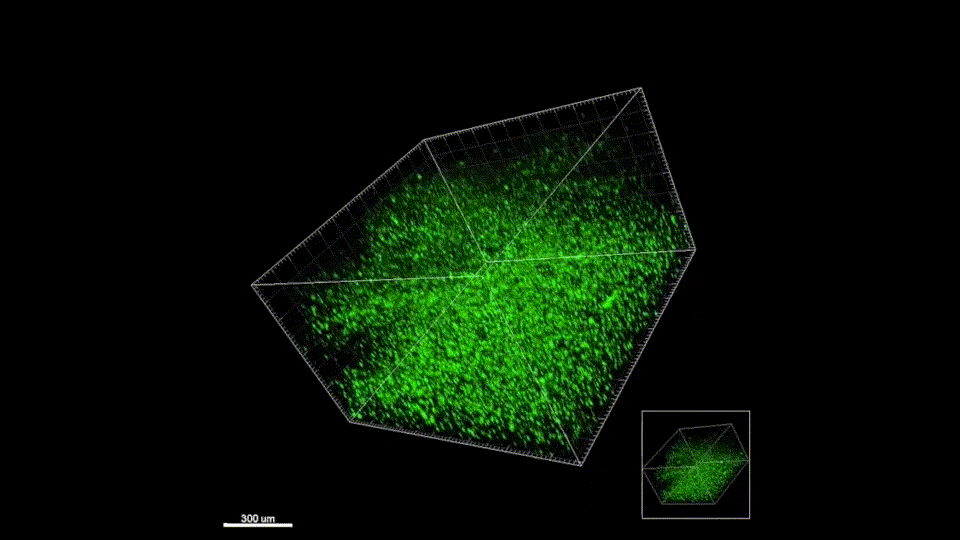Altmetric Score
Dimensions
Citation
Stroke is the leading cause of adult disability with ≈80% being ischemic. Stem cell transplantation has been shown to improve functional recovery. However, the overall survival and differentiation of these cells is still low. The infarct cavity is an ideal location for transplantation as it is directly adjacent to the highly plastic peri-infarct region. Direct transplantation of cells near the infarct cavity has resulted in low cell viability. Here, neural progenitor cells derived from induce pluripotent stem cells (iPS-NPC) are delivered to the infarct cavity of stroked mice encapsulated in a hyaluronic acid hydrogel matrix to protect the cells. To improve the overall viability of transplanted cells, each step of the transplantation process is optimized. Hydrogel mechanics and cell injection parameters are investigated to determine their effects on the inflammatory response of the brain and cell viability, respectively. Using parameters that balanced the desire to keep surgery invasiveness minimal and cell viability high, iPS-NPCs are transplanted to the stroke cavity of mice encapsulated in buffer or the hydrogel. While the hydrogel does not promote stem cell survival one week post-transplantation, it does promote differentiation of the neural progenitor cells to neuroblasts.








